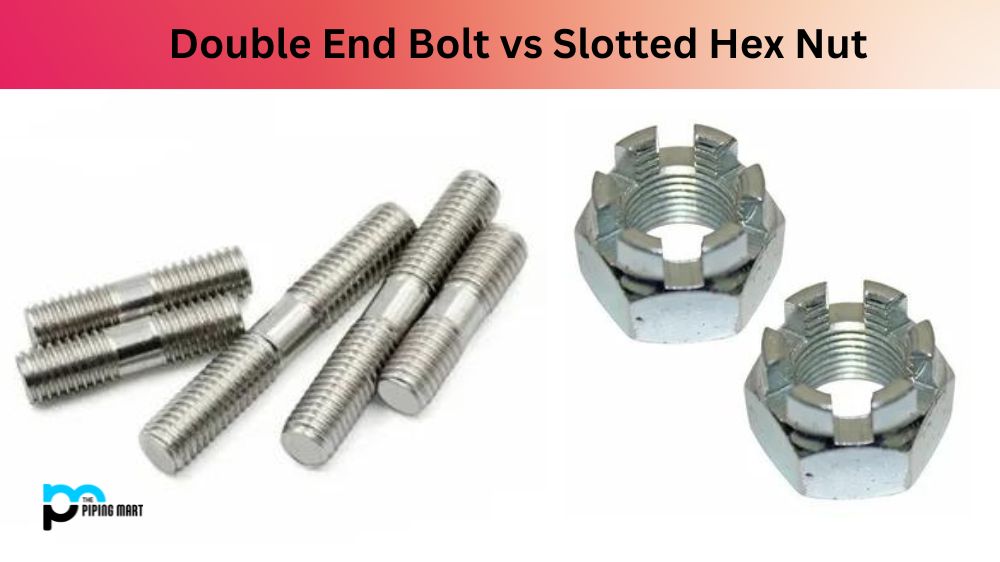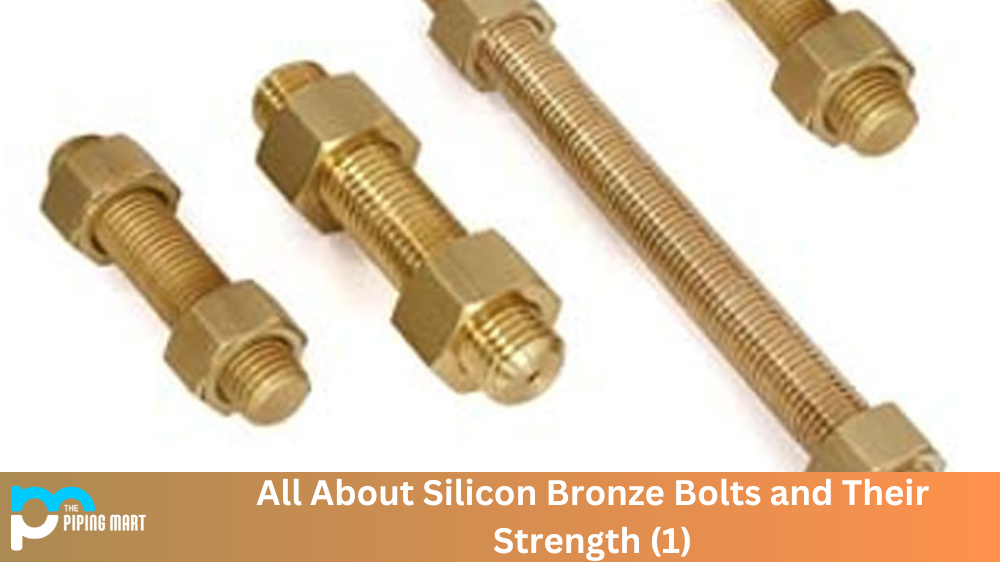There are various methods to choose from when it comes to fastening two objects together. The most common and widely used are bolts and nuts. However, when it comes to choosing the right fastener for your project, you need to know which one to choose between a double end bolt and a slotted hex nut. It can be confusing but don’t worry. In this article, we will provide point-wise information on the differences between the two.
Double End Bolt
A double end bolt is a fastener that features threads on each side of the bolt head. It is typically used to connect two pieces of material to ensure they are securely and evenly held together. The threads on both sides allow easier installation in harder-to-reach areas, as nuts can be attached from either side without passing tools through tight spaces.
Slotted Hex Nut
A slotted hex nut is a fastener consisting of an internally threaded hexagonal-shaped nut with two opposite slots cut into it. It has a greater surface area than traditional hex nuts, allowing for more secure clamping and greater torque strength. Slotted hex nuts are commonly used in automotive, engineering, and manufacturing due to their superior stability and strength.
Difference Between Double End Bolt and Slotted Hex Nut
Design
Double-end bolts have a threaded shaft on both ends, while slotted hex nuts have a hexagonal-shaped body with a threaded hole in the center. A double end bolt design allows for a secure connection on both ends, while the slotted hex nut provides a secure connection on one end.
Strength
Regarding strength, double end bolts tend to be stronger than slotted hex nuts. The double-threaded shaft on each end ensures it can handle higher loads and greater stresses without breaking or loosening. On the other hand, slotted hex nuts are less strong since they only secure one end.
Use
Double-end bolts are commonly used in structural applications that require the provision of a joint that can be accessed from both ends. On the other hand, slotted hex nuts are often used when one side of the joint is inaccessible or where the final appearance of the joint is important.
Installation
Installing a double end bolt can be more difficult than a slotted hex nut since it must be inserted through the hole on both sides of the joint. It may require additional tools, such as pliers, to hold the bolt. Installing a slotted hex nut, on the other hand, is more straightforward. You need to install the bolt on one side of the joint, then screw the slotted hex nut on the other side to hold the joint in place.
Appearance
Finally, when it comes to appearance, slotted hex nuts often provide a more aesthetically pleasing finish since they are often recessed into the material they are securing, leaving only the hexagonal nut visible. Double-end bolts can leave a protruding section that may need to be more visually appealing.
Conclusion:
Choosing between a double end bolt and a slotted hex nut depends on the situation. Double-end bolts make a secure joint in situations requiring access from both ends, while slotted hex nuts provide a more aesthetic finish where one side of the joint is inaccessible. Both fasteners have their strengths and weaknesses, and deciding which one to use depends on several factors, such as the application, the load requirements, and the final appearance of the joint. We hope that this article has provided you with the information you need to make an informed decision on which fastener to choose.

Meet Bhavesh, a seasoned blogger with a wealth of knowledge and experience. From metal products manufacturing to retail, Bhavesh has a diverse background in various industries and is dedicated to sharing his insights and expertise with readers.




